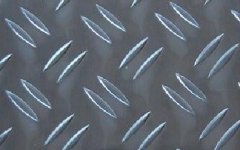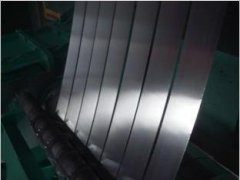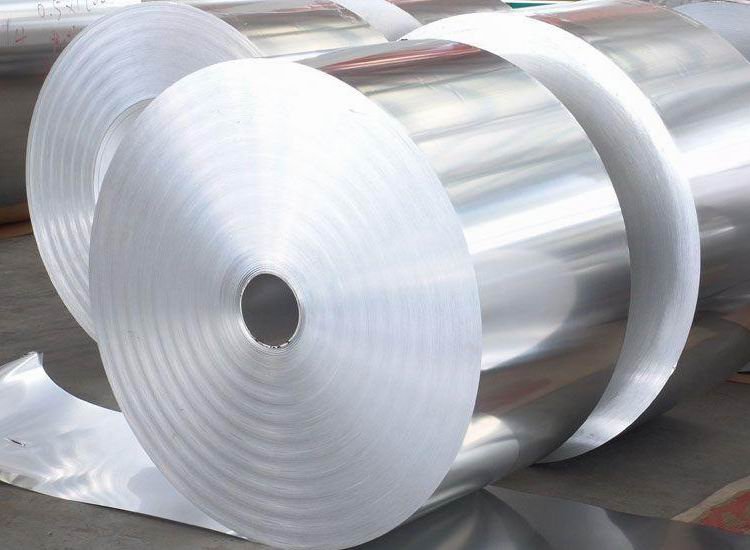Eight metal elements affecting the performance of Aluminum alloy
Affect the performance of the eight aluminum alloy elements are: vanadium, calcium, lead, tin, bismuth, antimony, beryllium and sodium and other metallic elements, since according to the finished aluminum coil uses a different process in the added elements of these impurity elements Since the melting point varies, different structures and different compounds formed of aluminum, an aluminum alloy properties and therefore the impact is not the same.
1. The metal element: the impact of copper
Copper is an important alloying element, there is some solid solution strengthening effect, in addition to aging CuAl2 have a significant aging strengthening effect. Copper aluminum content is usually 2.5% to 5%, copper content of 4% to strengthen at best 6.8 percent, so most of the copper content is in this range duralumin.
2. The metal element: Impact silicon element
Alloy balance Al-Mg2Si alloy phase diagram of Al-rich department Mg2Si maximum solubility in aluminum is 1.85%, and with decreasing temperature reduction is small, deformation of aluminum alloy, the silicon added separately limited to the welding of aluminum materials, silicon added aluminum in some degree of strengthening.
3. The metal elements: the impact of magnesium
Strengthening of magnesium to aluminum is remarkable, every 1% increase in magnesium, forward-liter tensile strength of about 34MPa.
4. The metal element: effect of manganese element
Manganese maximum solubility in solid solution is 1.82%. Strength alloy solubility increased, the manganese content is 0.8%, extending the maximum rate. Al-Mn alloy length of age-hardening alloy, which can not be heat strengthened.
5. The metal element: the impact of zinc
Al-Zn alloy to balance the Department of Al-rich phase diagram 275 department zinc solubility in aluminum is 31.6%, while its solubility in 125 dropped to 5.6%. Zinc aluminum added separately, in the deformation strength aluminum alloy premise very limited progress, while there is stress corrosion cracking tendency, thus limiting its application.
6. The metal element: the effect of iron and silicon
Iron in Al-Cu-Mg-Ni-Fe alloy forging lines, silicon in Al-Mg-Si system and the forging of aluminum and in Al-Si based alloy rods and forged aluminum silicon, are added as an alloying element in It based aluminum alloy, silicon and iron is a common impurity element, has a significant effect on the alloy performance. When silicon is greater than iron, forming β-FeSiAl3 (or Fe2Si2Al9) phase, while the iron is greater than silicon, forming α-Fe2SiAl8 (or Fe3Si2Al12). When the ratio of iron and silicon is not the time, it can cause cracks casting; casting will produce brittle cast iron at high levels.
7. The metal element: effect of titanium and boron
Titanium is commonly used in aluminum alloy to add elements to Al-Ti or Al-Ti-B master alloy form to join. Titanium and aluminum TiAl2 phase, into a non-spontaneous crystallization of the core, the acts detailed in forging and weld metal. When Al-Ti alloys have a reaction, the critical content of about 0.15 percent titanium, boron if there exists a small slowdown to 0.01%.
8. The metal element: the impact of chromium and strontium
Cr intermetallic formation (CrFe) Al7 and (Cr Mn) Al12 et aluminum, and hinder recrystallization nucleation and growth process, a certain alloy strengthening effect, but also to improve toughness of the alloy and reduce stress corrosion cracking sensitivity. But the venue to increase the sensitivity of hardening, the anodic oxide film yellow, chromium alloy in the amount of not more than 0.35%, and with the increase of alloying elements in the transition decreases, strontium aluminum alloy extrusion added 0.015% to 0.03% of strontium, so that the ingot β-Al FeSi with Chinese characters into shaped α-AlFeSi phase, reducing the ingot averaging time of 60% to 70%, improve the mechanical properties of materials and plastic processing; products to improve surface roughness . For high-silicon (10% to 13%) Deformation of aluminum 0.02% 0.07% strontium, the primary crystal can be reduced to a minimum, but also significantly improve the mechanical properties, tensile strength бb progress made 233MPa to 236MPa, yield strength б0.2 increased from 204MPa to 210MPa, elongation б5 from 9% to 12%. Join in hypereutectic Al-Si alloys strontium to reduce the primary particle size of silicon, plastic processing to improve performance, hot-rolled and cold-rolled smoothly.



